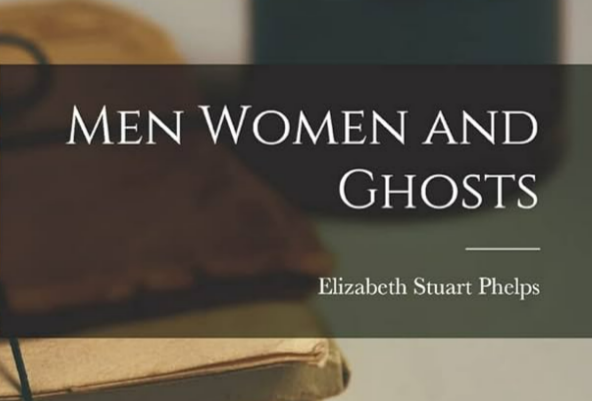A Roxbury Garden
byIn this chapter titled A Roxbury Garden, the story opens with laughter echoing down sunlit paths as sisters Minna and Stella dash side by side, hoops rolling ahead like extensions of their glee. The gravel crackles beneath their shoes, and their sashes ripple behind them like banners in a breeze. Each twist and tumble of the hoops sparks new delight, as if the garden itself plays along, blooming brighter under their joy. With every chant—“Go, go, golden ring!”—the game lifts into something more than play. The hoops no longer seem like toys, but tiny golden circles of magic responding to the rhythm of their voices. Even the bees hovering over foxgloves pause briefly, drawn by the harmony of youth and movement threading between flowerbeds and tree shadows. This space, enclosed and blooming, feels entirely theirs—a world made real through movement, color, and unspoken connection between nature and imagination.
Their game of hoops flows naturally into another—Battledore and Shuttlecock—where the rhythm softens but becomes no less enchanting. The shuttlecock, tossed skyward and caught with practiced grace, takes on the quality of a living thing, drifting as if it breathes with the pulse of summer air. Each gentle strike is deliberate, a hymn to precision and playfulness, the silence between taps filled with focus and laughter. Their counting blends with the rustle of leaves and distant hum of insects, creating a cadence that binds the game to its setting. Here, too, their gestures are not only childlike—they are ceremonial, offering a glimpse into how play can be both disciplined and free. Stella, her eyes fixed on the white flicker in the sun, moves with instinct, while Minna matches her beat, not to win but to prolong the shared magic. The garden, once again, folds around them like a stage, its hedges and borders keeping time with every leap of the shuttlecock above their heads.
As the hour shifts, the games ease, and the girls slow their pace to the lull of midday. Their mother is occupied, and the space is theirs once more, though now their steps wander with less urgency. Curiosity pulls them toward a patch of Canterbury bells, where a bee dances among the petals. Their voices hush, their movements soften, and in a moment of careful delight, they trap it gently under a glass jar. The bee, a blur of gold and fury, buzzes like a trapped idea—wild and vibrant, mirroring the energy they’ve just spent. They study it with awe, not cruelty, watching as it tests the barrier. Then, as quickly as it was captured, it is released, allowed to return to the air where it belongs. The grasshopper they try to chase vanishes before they get close—an escape that feels like a quiet joke shared between garden and girls.
These gentle moments build a portrait of childhood not only rooted in games but in quiet understanding between people and place. Their garden is not just a backdrop; it is an active partner in their experiences, inviting interaction, observation, and wonder. Through bees and blooms, sashes and spinning wheels, the world speaks in ways they still know how to hear. Their games are shaped not by rules alone but by nature’s texture and timing—the weight of heat in the air, the softness of petals under fingers, the glint of light on a hoop’s rim. This chapter doesn’t merely describe a day; it frames a way of being—attuned, innocent, alive to every rustle of wing or crack of gravel. In A Roxbury Garden, time is not wasted; it is savored. Not a minute passes without its echo returning in the sound of play, the flight of a bee, or the arc of a shuttlecock across summer’s sky.

